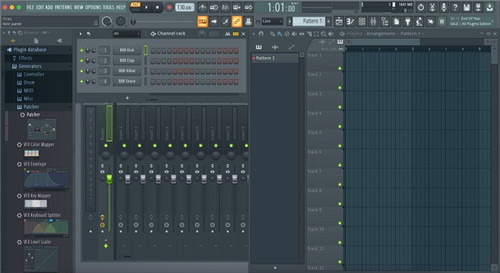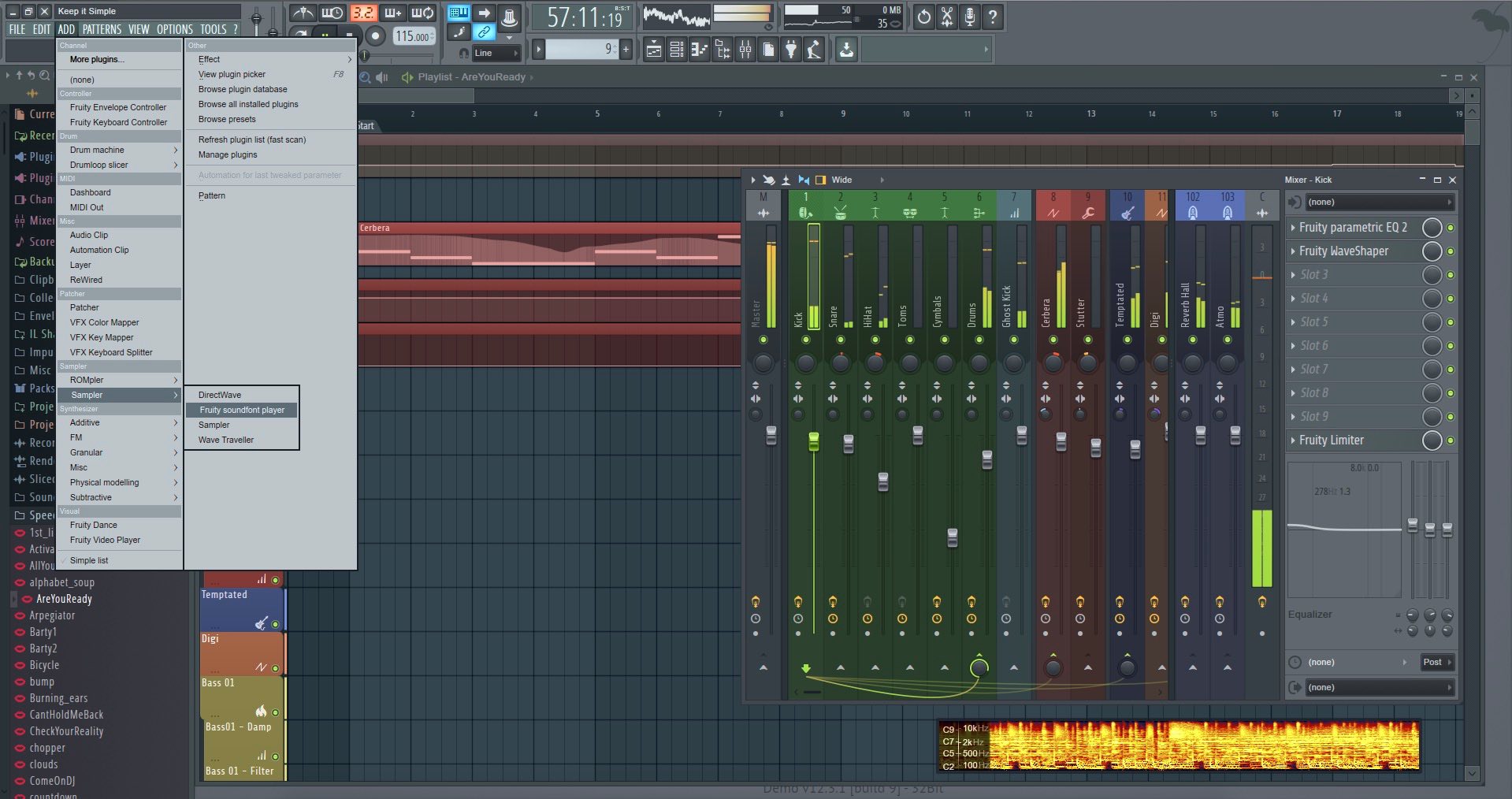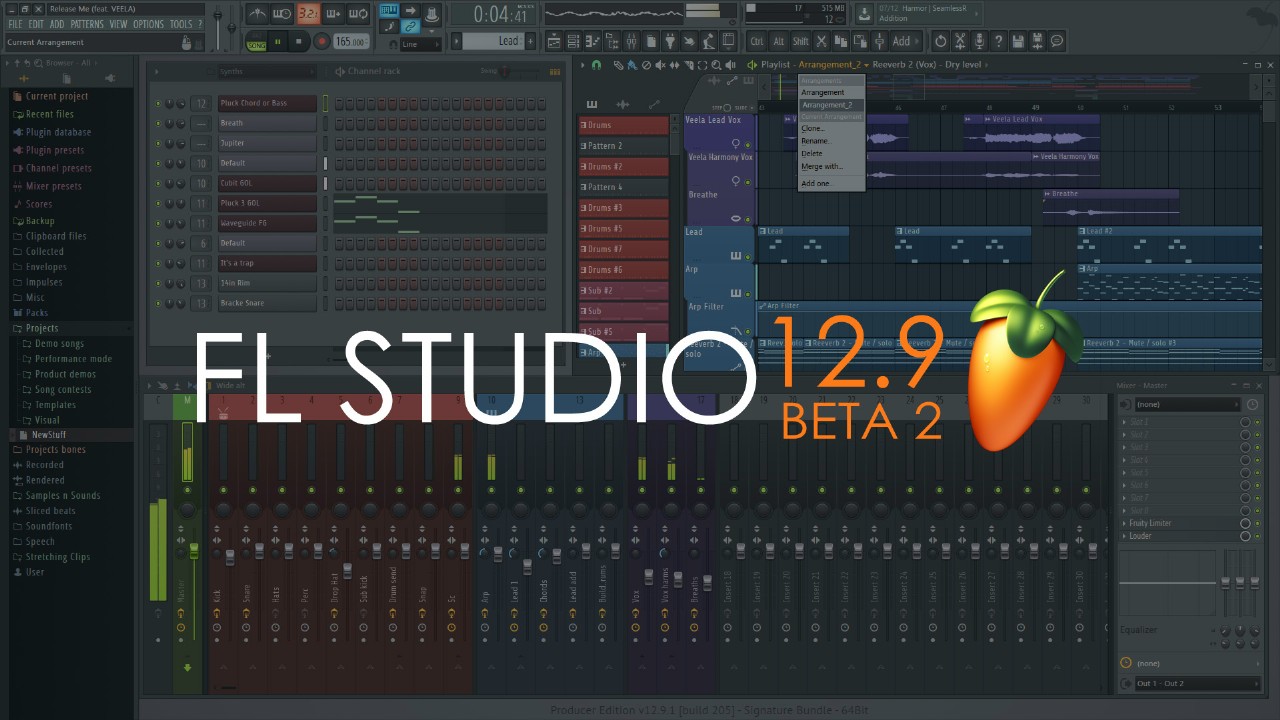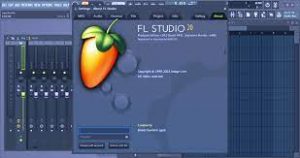


You have the option to use the Audio Unit and/or the VST Plug-In versions of your NI Plug-Ins.If it was necessary to add the default MacOS VST folder / path to the FL Studio Plugin Search Paths, press the Find plugins button once.Īfter your system plug-in folders have been scanned, the NI plug-ins will now be available in the FL Studio Plugin Database Browser. The default MacOS VST folder/path is: Macintosh HD > Library > Audio > Plug-Ins > VST Note: It is only recommended to add the default MacOS VST folder / path, if it does not appear by default in the FL Studio Plugin Search Paths (as seen in the example above). If your NI Plug-Ins are not showing in the FL Studio Plugin Manager list, click on the folder symbol (+) to add a Plugin search path.The list will indicate the plug-ins which are installed in the AU, and VST formats. Make note of the listed plugin search paths to the left, as well as the actual list of plug-ins to the right. In the menu bar, click on Options and select Manage Plugins.FL Studio 20 scans these folders on startup. If your NI plug-ins do not appear in the FL Studio 20 Plugin Database Browser, do the following: On a Mac computer, VST files and AU files are automatically installed to the default system folders. MIDI out - AU does not support MIDI out to other plugins.Sharing projects - If you are sharing projects with Windows users, you must use the VST versions of plugins since Audio Units are not available on Windows.

Info for Mac users: FL Studio 20 introduces the ability to use Audio Units (AU) on Mac computers however, we recommend using VST whenever possible for the following reasons: You can find instructions for Windows in this article.

Once the products are installed, FL Studio 20 must scan your plug-in directories in order to make them available in the FL Studio 20 Plugin Database Browser. On Mac computers, Native Instruments products can be loaded either as VST or AU plug-ins.


 0 kommentar(er)
0 kommentar(er)
